By : Nour Al-Huda Al-Akhdaria – Algeria
When I was young I was very fond of animation (and still do) I loved all cartoon characters, especially medieval princesses like Snow White, Cinderella and Sleeping Beauty and I think all girls share that.
But when we were young, we did not realize the truth and meaning of these stories, especially since the makers of these films often make changes to suit children. But when I grew up, and began to read more, I realized that these stories are not without a dark side hidden behind them, sometimes a strange, unbelievable true story that has been distorted to become more acceptable to people.
Today I will tell you about one of those stories, which we all love.
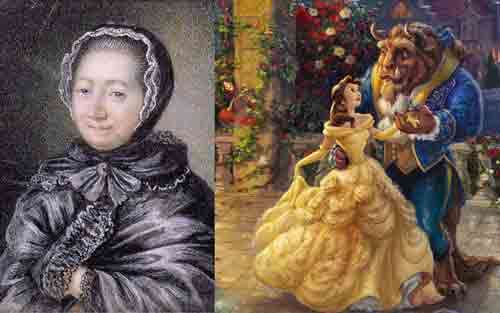
In 1740, the writer Gabrielle-Suzanne de Villeneuve published a novel called “The Beauty and the Beast”. The story, as is well known, revolves around a beautiful girl who, against her will, marries a frightening monster, but she loves him later, and the magic that turned him into a monster disappears from him, so he returns to his true image as a handsome prince and they live happily ever after.
The story was written by the writer at a time when women faced great injustice, especially in marriage, by not taking their opinion in it and marrying off girls against their will, so the novel was a condemnation of these practices..
But where did the author get the idea for the novel? Is it a completely fictional story or based on some facts?
In fact, the story is based on real events that took place in France about a century before the novel was published, a story that people forgot, but the writer revived it and focused on the beautiful girl and her suffering in accepting husband’s look, whom she married against her will.
but today we will change our focus to the beast himself because he is also faced many hardships and sufferings in his life.
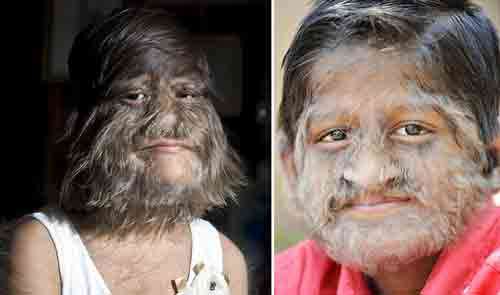
In 1537, a boy named Petrus Gonsalvus was born in the Tenerife island of the Canary. The little boy was not normal like the rest of the children, but he was suffering from a very rare and unknown disease, at that period, called (hypertrichosis), also called werewolf syndrome. The boy had hair covering all parts of his body, so people were confused about him, and they did not know whether he was a human, an animal, or a monster.
Petrus was treated from his childhood as a little monster and when he was ten he was imprisoned in an iron cage and given animal food. In April 1547, the boy was sent to the French court as a gift to King Henry II during his coronation as King of France.
When Petrus arrived in France, he was imprisoned in a dark vestibule, and there was a lot of research on him by many doctors who had never seen such a creature before and suspected that it was a wild animal.
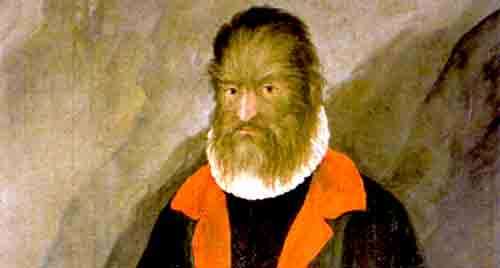
After many experiments, Petrus pronounced his name, and his name was translated into French, and the research concluded that Petrus was a ten-year-old child, so the king agreed to release him and send him to school, despite the king’s doubts about the child’s ability to learn.
Petrus was able to learn, quickly learned French and became famous in the French royal court. The king made him a means of entertainment, to amuse his guests and make them laugh.
Petrus was allowed to wear the clothes of the nobles and eat cooked food instead of the raw meat previously served to him. All this in return for treating him as a pet human belonging to the king and as a means of entertainment, he was called the savage gentleman.
After the death of King Henry, his wife Catherine de Medici took over, this queen made a strange decision to marry the Petrus to a girl in order to create other children with the same deformity. Instead of one monster, she aspired to have several small, amusing and funny monsters to play with her companions in the royal court.
After a simple search, the queen found what she wanted in the daughter of one of her servants, a beautiful and highly moral girl named Catherine also, the queen decided to marry Catherine with Petrus, and although the beautiful Catherine never saw the face of her future husband, but she could not refuse because it is the queen’s decision and it is irreversible.
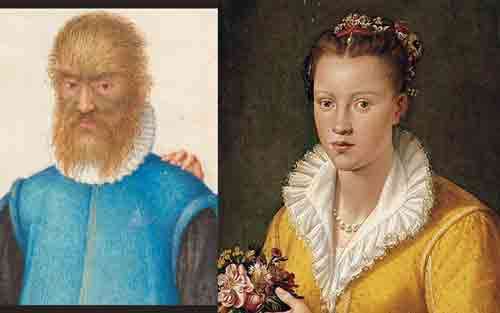
The wedding took place and Catherine met her husband, Petrus, the shock was great for her, she could not understand what had happened, and she could not even refuse this husband, she was sad and depressed and did not know what to do. As for Petrus, knowing her sadness and disappointment in him, he did nothing, but left her room and left her in peace that night and did not disturb her at all.
Over time, Catherine got used to Petrus, especially as he was a calm and nice person, so she lived with him and did not complain. Rather, she bore him seven children, four of whom had the same condition as their father, and the rest were normal children. Catherine and Petrus marriage lasted for 40 years, and despite their differences, but they accepted their live and lived with each other in harmony.
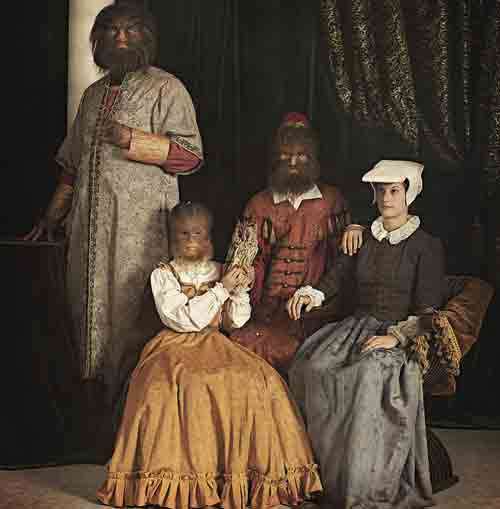
After this marriage, the queen got what she wanted, which is another pet monsters, so she sent Petrus and his children on a tour around Europe. Petrus and his family moved between many royal palaces to watch him and his deformed children, and a lot of research was done on them to make sure they were human or not.
In 1591 Petrus was forced to emigrate with his family to the Duchy of Parma in Italy, where the Farnese family owned them and treated them as if they were private personal property. His children were distributed as gifts to several noble families.
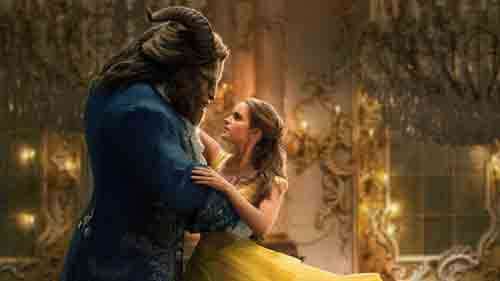
In the end, after years of moving from one royal court to another, Petrus settled in the Italian city of Capodimonte, and according to the city records, his wife Catherine died in 1623. As for Petrus, the date of his death was never known, as he was not considered a human and his death was not recorded in the records.
The end of this story was tragic, unlike the story that later spread under the name of “Beauty and the Beast”, which focused on the beautiful girl and neglected the role of the monster who suffered from the racist human view of something that has no fault at all.
 kabbos
kabbos
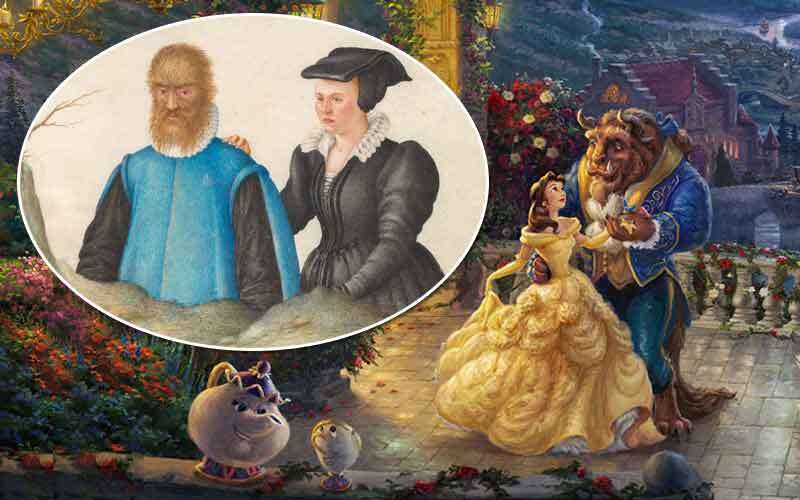




Thank you for the information
nice story